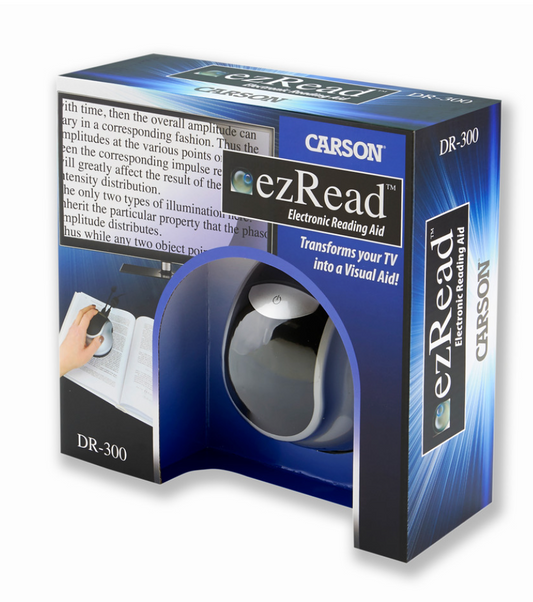What is an OCT? Why does my optometrist recommend it?
Share
Optical Coherence Tomography (OCT) is a non-invasive imaging technique that uses light waves to capture detailed cross-sectional images of the retina, allowing eye care professionals to observe its distinct layers and measure their thickness.
These are layers that cannot be seen through a microscope or with our eyes when examining patients. Your optometrist or ophthalmologist can see the surface of the retina and find disease markers if the disease is progressed far enough.

The above picture shows the surface layer of a healthy retina
With the OCT we can detect changes throughout all 10 layers of the retina and help you make lifestyle changes to help slow the progression of these retinal changes.

The above picture shows a healthy retinal OCT image

Your optometrist or ophthalmologist may recommend an OCT scan to detect and monitor various eye conditions, including:
- Age-related Macular Degeneration (AMD): Identifies and tracks changes in the macula.
- Glaucoma: Assesses the optic nerve for early signs of damage.
- Diabetic Retinopathy: Detects retinal abnormalities related to diabetes.
- Macular Edema: Measures retinal swelling.
By providing high-resolution images, OCT enables early diagnosis and effective management of these conditions, often before symptoms manifest, thereby preserving vision and eye health.
We understand that this testing is not always covered by third party insurers - but please know if your eye doctor is recommending this test for your eyes they are offering you the best standard of care possible.



